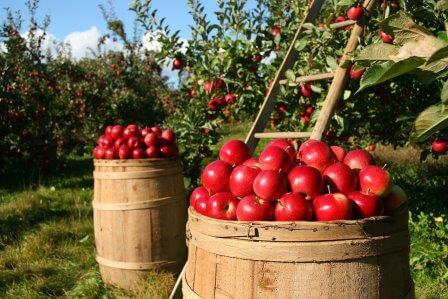
FACTORS OF SOIL FORMATION
FACTORS OF SOIL FORMATION The factors that control soil formation include; climate, parent materials, topography, biotic factors (living organisms) and time. CLIMATE Climate refers to the average weather condition of a place measured over a long period of time. Elements of climate include sunlight, temperature, wind, relative humidity, rainfall and pressure. Rainfall: Running water as…





